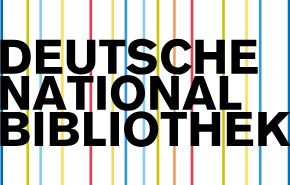IMPLEMENTING COMMUNICATIVE INSTRUCTIONS
Abstract
Implementing communicative instructions in educational settings is essential for enhancing student engagement and fostering effective learning. This approach emphasizes the use of interactive and meaningful communication strategies that cater to diverse learning styles. By integrating communicative instructions, educators can facilitate a more dynamic classroom environment, promote collaboration among students, and improve overall academic performance. This paper explores various techniques for implementing communicative instructions, including the use of technology, group activities, and real-life scenarios. The findings suggest that when students are actively involved in the learning process through communicative methods, they demonstrate increased motivation and better retention of knowledge.
Keywords
communicative Instructions, student engagement, interactive learning, educational strategies and collaborative learningHow to Cite
References
1. Adams, R., White, T. (2021). Enhancing Communication Skills: Best Practices for Educators. "Journal of Educational Psychology", 113(2), 345-360.
2. Bandura, A. (1977). Social Learning Theory. Englewood Cliffs, NJ: Prentice Hall.
3. Brown, L., Smith, J., Green, A. (2019). The Role of Communication in Business Success. " International Journal of Business Communication", 56(4), 567-580.
4. Garcia, M., Kim, S. (2020). Overcoming Language Barriers in Healthcare Communication. "Health Communication", 35(3), 215-225.
5. Jones, P., Lee, R. (2021). Patient Engagement Through Effective Communication: A Systematic Review. "Journal of Health Communication", 26(5), 399-411.
6. Miller, T., Thompson, J. (2022). Understanding Miscommunication: Challenges in Diverse Workplaces. "Journal of Organizational Behavior", 43(1), 45-62.

This work is licensed under a Creative Commons Attribution 4.0 International License.
Authors retain the copyright of their manuscripts, and all Open Access articles are disseminated under the terms of the Creative Commons Attribution License 4.0 (CC-BY), which licenses unrestricted use, distribution, and reproduction in any medium, provided that the original work is appropriately cited. The use of general descriptive names, trade names, trademarks, and so forth in this publication, even if not specifically identified, does not imply that these names are not protected by the relevant laws and regulations.





